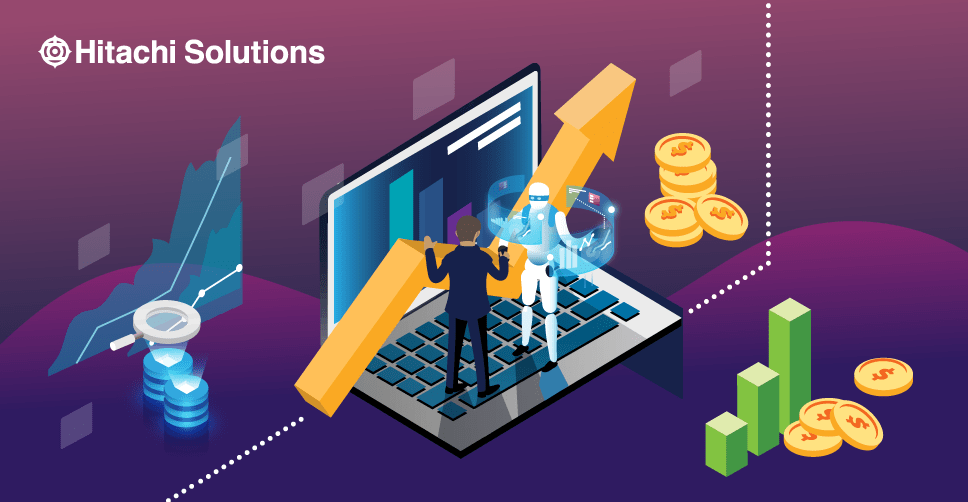In today’s world, data is being generated at an unprecedented rate. With the increasing adoption of smart devices and the Internet of Things (IoT), the volume, velocity, and variety of data is growing exponentially. As a result, traditional cloud computing models may not be sufficient to handle the sheer volume of data that is being generated. This is where edge analytics comes in. Edge analytics is a technology that enables real-time analysis of data at the edge of the network, without the need to transmit data to a centralized location for processing.

What is Edge Analytics?
Edge analytics is a type of analytics that processes data at the edge of the network, closer to the source of the data. The edge of the network refers to the devices, sensors, and other endpoints that are responsible for generating data. By processing data at the edge of the network, edge analytics can provide real-time insights into the data, without the need to transmit the data to a centralized location for processing.
How Does Edge Analytics Work?
Edge analytics works by deploying analytics software directly onto edge devices or gateways. These edge devices or gateways are responsible for collecting data from sensors and other devices, and processing the data in real-time. The analytics software deployed on the edge devices or gateways can analyze the data in real-time, providing insights and alerts to the end-user based on the analysis.
Benefits of Edge Analytics
- Real-time analysis: Edge analytics enables real-time analysis of data, which can provide valuable insights to end-users. Real-time analysis can help detect anomalies, predict failures, and provide alerts in real-time.
- Reduced latency: Edge analytics can significantly reduce the latency involved in transmitting data to a centralized location for processing. This can be especially useful in applications where real-time data analysis is critical, such as in industrial IoT applications.
- Improved security: Edge analytics can help improve the security of data by processing the data locally, without the need to transmit the data to a centralized location for processing. This can help prevent data breaches and other security-related issues.
- Reduced bandwidth usage: Edge analytics can reduce the bandwidth usage required to transmit data to a centralized location for processing. This can help reduce costs and improve network efficiency.
Applications of Edge Analytics
- Industrial IoT: Edge analytics can be used in industrial IoT applications to provide real-time analysis of data generated by sensors and other devices. This can help detect anomalies, predict failures, and provide alerts in real-time.
- Healthcare: Edge analytics can be used in healthcare applications to provide real-time analysis of patient data. This can help healthcare providers detect potential health issues in real-time and provide timely interventions.
- Smart cities: Edge analytics can be used in smart city applications to provide real-time analysis of data generated by sensors and other devices. This can help city planners and administrators make informed decisions based on real-time data.
- Retail: Edge analytics can be used in retail applications to provide real-time analysis of customer data. This can help retailers provide personalized experiences to customers and improve customer satisfaction.
Challenges of Edge Analytics
- Real-world Applications of Edge Analytics Edge analytics has a wide range of real-world applications, and it has been implemented in various industries. Here are some examples:
6.1 Manufacturing Edge analytics is used in the manufacturing industry to monitor the performance of machines and equipment in real-time. The data collected by sensors can be analyzed at the edge to identify patterns and predict failures before they occur. This helps in reducing downtime, improving product quality, and increasing efficiency.
6.2 Healthcare In the healthcare industry, edge analytics is used to monitor the vital signs of patients in real-time. The data collected by wearable devices can be analyzed at the edge to detect anomalies and alert healthcare professionals in case of emergencies. This helps in improving the quality of care and saving lives.
6.3 Retail Edge analytics is used in the retail industry to personalize the shopping experience for customers. The data collected by sensors can be analyzed at the edge to provide personalized recommendations and promotions based on the customer’s behavior and preferences. This helps in improving customer satisfaction and increasing sales.
6.4 Transportation Edge analytics is used in the transportation industry to monitor the performance of vehicles and prevent accidents. The data collected by sensors can be analyzed at the edge to detect anomalies and alert drivers in real-time. This helps in reducing accidents and improving the safety of drivers and passengers.
- Conclusion Edge analytics is a powerful technology that allows businesses to analyze data at the edge of the network. This helps in reducing latency, increasing efficiency, and improving the overall performance of the system. With the increasing adoption of the Internet of Things (IoT) and the proliferation of edge devices, edge analytics is expected to become even more important in the future. By leveraging edge analytics, businesses can gain a competitive advantage and stay ahead of the curve.

